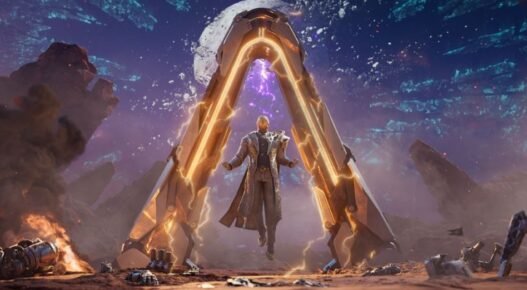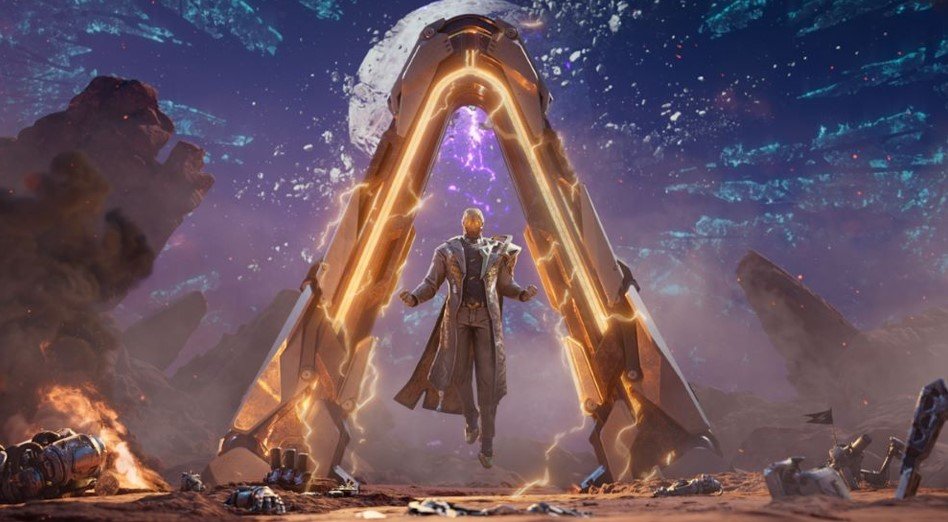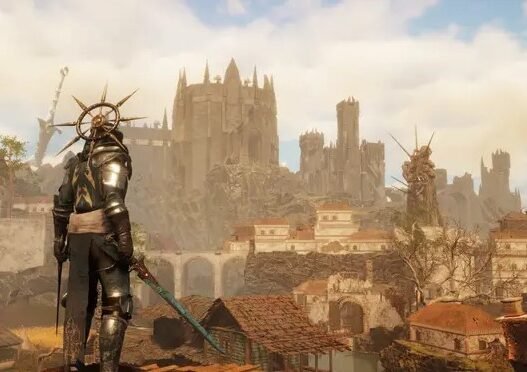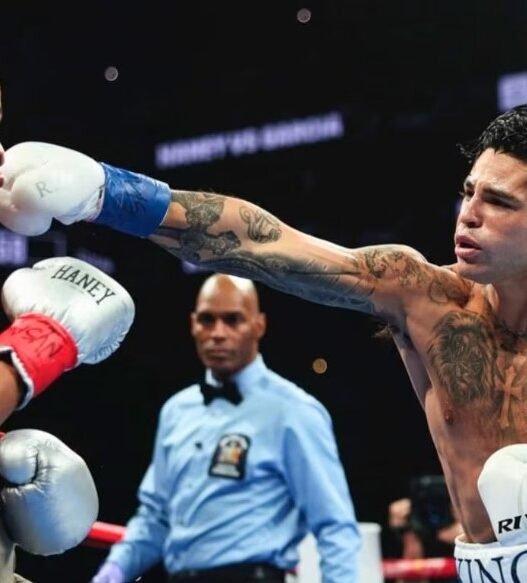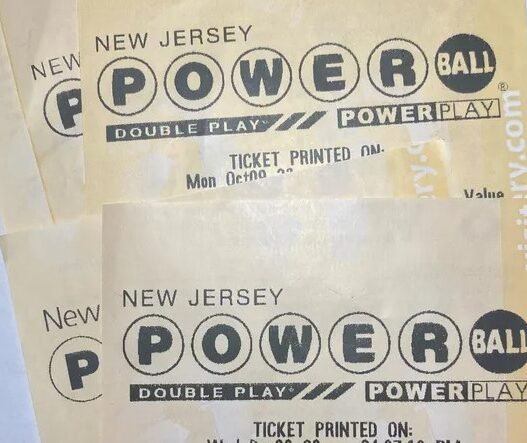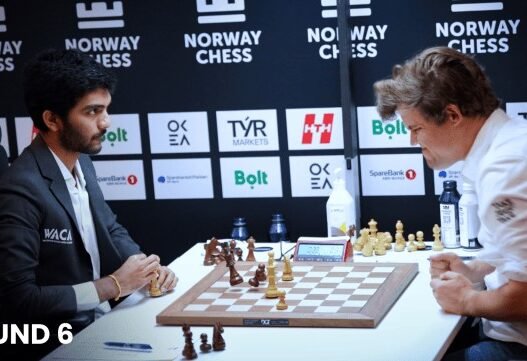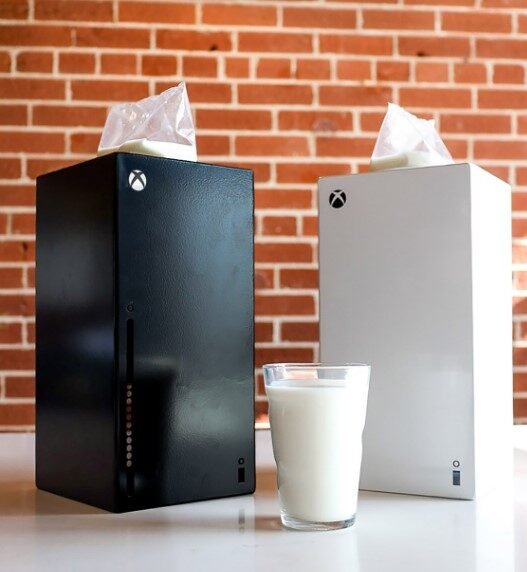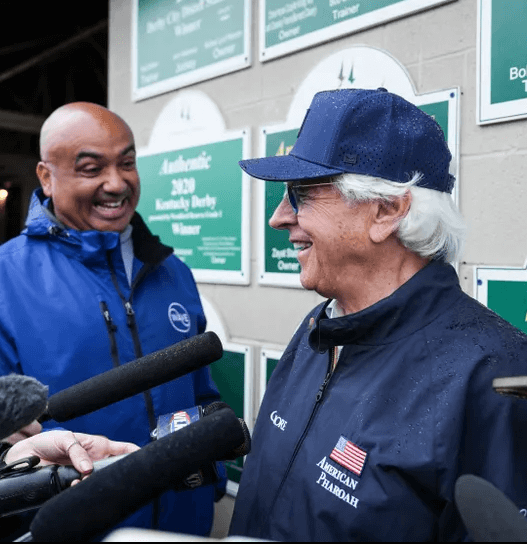Gearbox CEO Randy Pitchford recently drew widespread criticism for a tweet responding to a fan’s concern over a potential $80 price tag for Borderlands 4. The tweet, originally posted a week ago, resurfaced and quickly went viral for its tone. Pitchford wrote:
“A) Not my call. B) If you’re a real fan, you’ll find a way to make it happen. My local game store had Starflight for Sega Genesis for $80 in 1991 when I was just out of high school working minimum wage at an ice cream parlor in Pismo Beach and I found a way to make it happen.”
The comment was widely seen as tone-deaf, particularly in light of today’s economic challenges. Many fans criticized the implication that true fandom means justifying an $80 price, especially at a time when wages aren’t rising in step with inflation. Some fans went as far as to say the tweet damaged their interest in the game, which is due for release in four months.
Pitchford has since responded by posting a video clip of a previous interview in which he more carefully addresses the issue of rising game prices. In the video, he explains that the cost to produce Borderlands 4 is roughly double that of its predecessor, and that the aim is to provide value that fans will appreciate regardless of price. The video did not rule out the $80 price tag, however.
The backlash highlights the broader debate about AAA game pricing. In recent years, standard prices rose from $60 to $70, and now seem poised to rise again. Nintendo’s pricing for recent titles and speculation around GTA 6 suggest $80 could soon become standard — or even exceeded.
Still, high pricing for blockbuster games might create more room for indie titles. Games like Clair Obscur: Expedition 33, Blue Prince, and Split/Fiction — all priced under $50 — are among the year’s highest-rated.
While Pitchford’s tweet was poorly received, it points to a real issue: ballooning development costs are reshaping the economics of game pricing. The shift is likely inevitable, but it doesn’t mean fans won’t push back.









